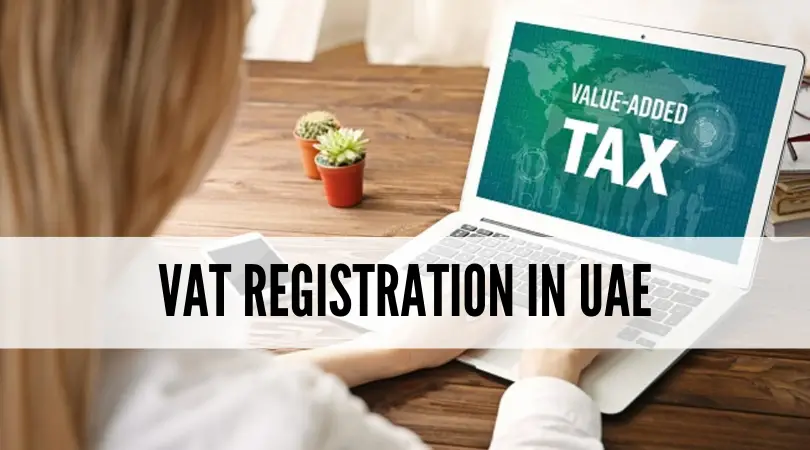The introduction of VAT in the UAE in 2018 at five per cent provided a boost in the revenue generation for the betterment of public facilities but found some disparities among local businessmen. There are chances where any errors made could lead to overpayment or negligence of payment of such taxes, both cases causing difficulties for any firm. So here are a few things you should about the VAT before registering to ensure your business’s financial well being before you know How To Register For Vat In UAE :
It's not an Income nor an Expenditure:
It’s crucial to understand that a firm's role is for the collection of taxes when it comes to VAT. The paramount implication of VAT has to be carried by the final consumer, the company is just a means of collection and preserving these tariffs for a particular duration of time. It is the responsibility of the company’s financial and accounting personnel to keep an eye on them for the payment of all purchases by the firm. Any such taxes paid to the manufacturers for the procuring of supplies can be recovered by FTA when the filing of the taxes is being done.
VAT Registration is Voluntary but it's Preferable to do it:
The old companies might have already registered for VAT but the more recent have the option to opt for it or not. It is still highly recommended to register for it even if you might fall short of its statutes because:
-
If your firm generates average revenue of your firm is more than 32K AED per month, VAT registration is mandatory and you might be liable for a fine failing to do so.
-
In case all or the maximum of the supplies are zero-rated, the registration process can be exempted. The tax paid to the manufacturers will not be recompensed.
All Expenses have to inclusive of Taxes:
In order to conform with these legislations, VAT has to be charged by a firm for providing any products supplied to the customers. Therefore, adding the VAT and other such tariffs to the bill before giving it to the customer does make the whole process hassle-free. The prices that are marked on the display cases, henceforth, have to comprise of the VAT amount into it. The VAT can be combined in addition to the selling price of the commodities being sold in the given situations:
-
B2B bargains in case it is a business that is registered with the VAT process.
-
In case the manufacturer’s products are going to be exported.
Payable VAT:
The responsibility of paying the VAT owed is up to the end customer for commodities being tariffed. The company is treated as a middleman when it comes to taxation on the delivery of commodities being sold to the final consumers. The usage of a good and renowned VAT consultancy might help you limit that amount but the customers are the ones paying it as they are the ones that end up using the services and commodities. The same tax amount has to be paid by the company when they are the ones purchasing the commodities from the suppliers and manufacturers. The tariff obtained from the consumer is the Output Tax and the same paid to the manufacturers is the Input Tax. The VAT payable as per the features of the law is the difference between the two factors. Although not every purchase made on behalf of the company for supplies is considered Input Tax. It is only the one that is utilised for the taxable supplies.
Therefore, the commodities and the benefits provided to consumers are non-taxable and so are supplied that are not for commercial purposes, the tariff cannot be recompensed.
Differences between Zero-Rated and tax-exempted Commodities.
When it pertains to the end customer, for example, a rented for an apartment or a dependent at the medical clinic, it is considered to be exempt of VAT as they are zero-rated commodities. Although the same is different when it comes to business corporations and not comprehending them might cause difficulties for the firm. Even if the commodities created by a corporation is zero-rated, there will be expenditures for the production and maintenance of such commodities. The important distinction between tax-exempt vs. zero-rated is taxation amount paid for the zero-rated commodities can be recompensed but the same for tax-exempted commodities can't be recovered. Another significant distinction between the two is the registration limit.






